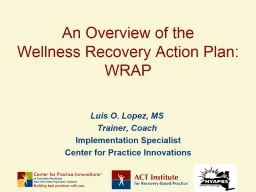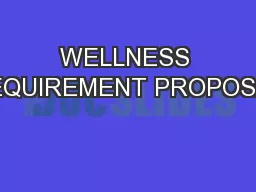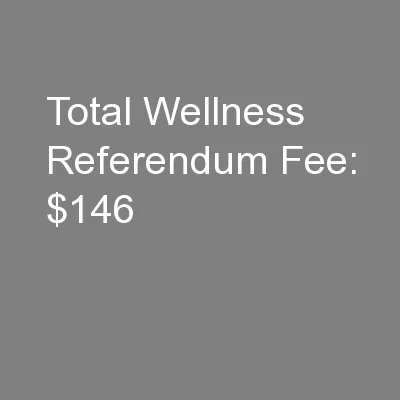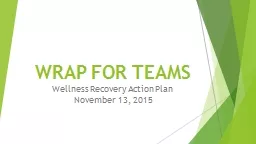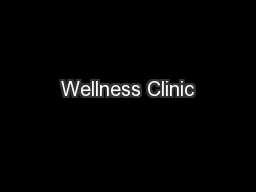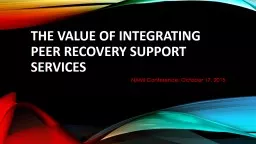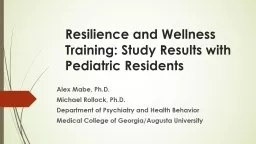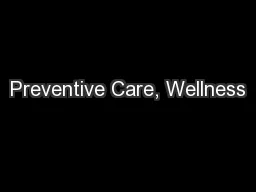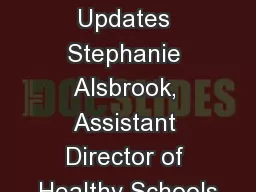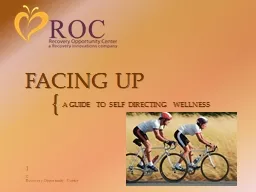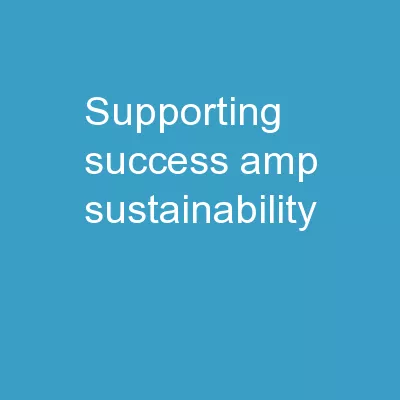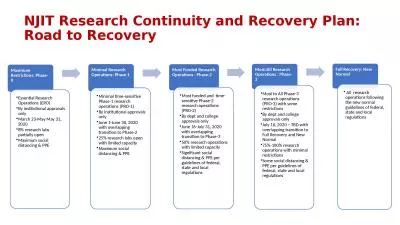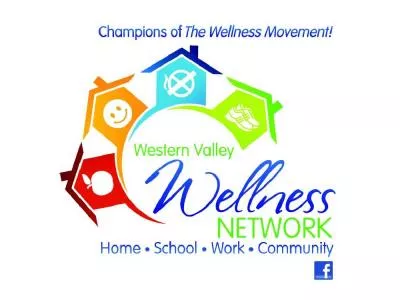PPT-An Overview of the Wellness Recovery Action Plan:
Author : calandra-battersby | Published Date : 2018-02-28
WRAP Luis O Lopez MS Trainer Coach Implementation Specialist Center for Practice Innovations Agenda Mary Ellen Copelands WRAP Plan a grassroots tool for over
Presentation Embed Code
Download Presentation
Download Presentation The PPT/PDF document "An Overview of the Wellness Recovery Ac..." is the property of its rightful owner. Permission is granted to download and print the materials on this website for personal, non-commercial use only, and to display it on your personal computer provided you do not modify the materials and that you retain all copyright notices contained in the materials. By downloading content from our website, you accept the terms of this agreement.
An Overview of the Wellness Recovery Action Plan:: Transcript
Download Rules Of Document
"An Overview of the Wellness Recovery Action Plan:"The content belongs to its owner. You may download and print it for personal use, without modification, and keep all copyright notices. By downloading, you agree to these terms.
Related Documents

